- Breed Category: Working dog
- Country of Origin: Canada
- Average Height: Males 58-61 cm, Females 56-58 cm
- Average Weight: Males 20-27 kg, Females 16-23 kg
- Average Life Span: 12 to 16 years
- Grooming Requirements: Moderate, regular brushing needed
- Exercise Requirements: High, needs daily vigorous exercise
- Coat Type: Double coat, dense and weather-resistant
- Coat Color Variations: Black, grey, white, tan
- Shedding Level: Moderate to high
- Ear Type: Erect, triangular
- Tail Type: Bushy, carried over the back
- Temperament: Friendly, energetic, intelligent
- Intelligence Level: High, quick learners
- Barking Tendency: Low, generally quiet
- Compatibility with Children: Good, gentle and playful
- Compatibility with Other Pets: Generally good, with proper socialisation
- Training Ease: Moderate, requires consistent training
- Common Health Issues: Hip dysplasia, eye conditions
- Dietary Needs: High-quality diet, active dog formula
- Energy Level: Very high, thrives on activity
- Drooling Tendency: Low
- Sensitivity to Weather: Tolerant to cold, less so to heat
- Overall Maintenance Level: Moderate, needs regular care
- Original Purpose: Sled pulling, transportation
- Year of Recognition by Kennel Clubs: Not widely recognised
- Apartment Friendly: Not ideal, needs space to run
- Best Suited For: Active families, outdoor enthusiasts
- Cost of Ownership: Moderate to high
- Unique Traits: Exceptional endurance, strong work ethic
Did you know that the Seppala Siberian Sleddog can cover up to 150 kilometres in a single day? These dogs are not just about speed; they’re a fascinating blend of history, endurance, and loyalty. In this article, we’ll dive into what makes this breed so special, from their unique characteristics to their storied past and how best to care for them.
The Seppala Siberian Sleddog traces its roots back to the early 20th century. Originally bred by the Chukchi people in Siberia, these dogs were brought to Alaska by Leonhard Seppala, a legendary musher. Their incredible stamina and resilience made them perfect for the harsh conditions of sled racing, and they quickly became icons in the world of dog sledding.
Early Development and Key Figures
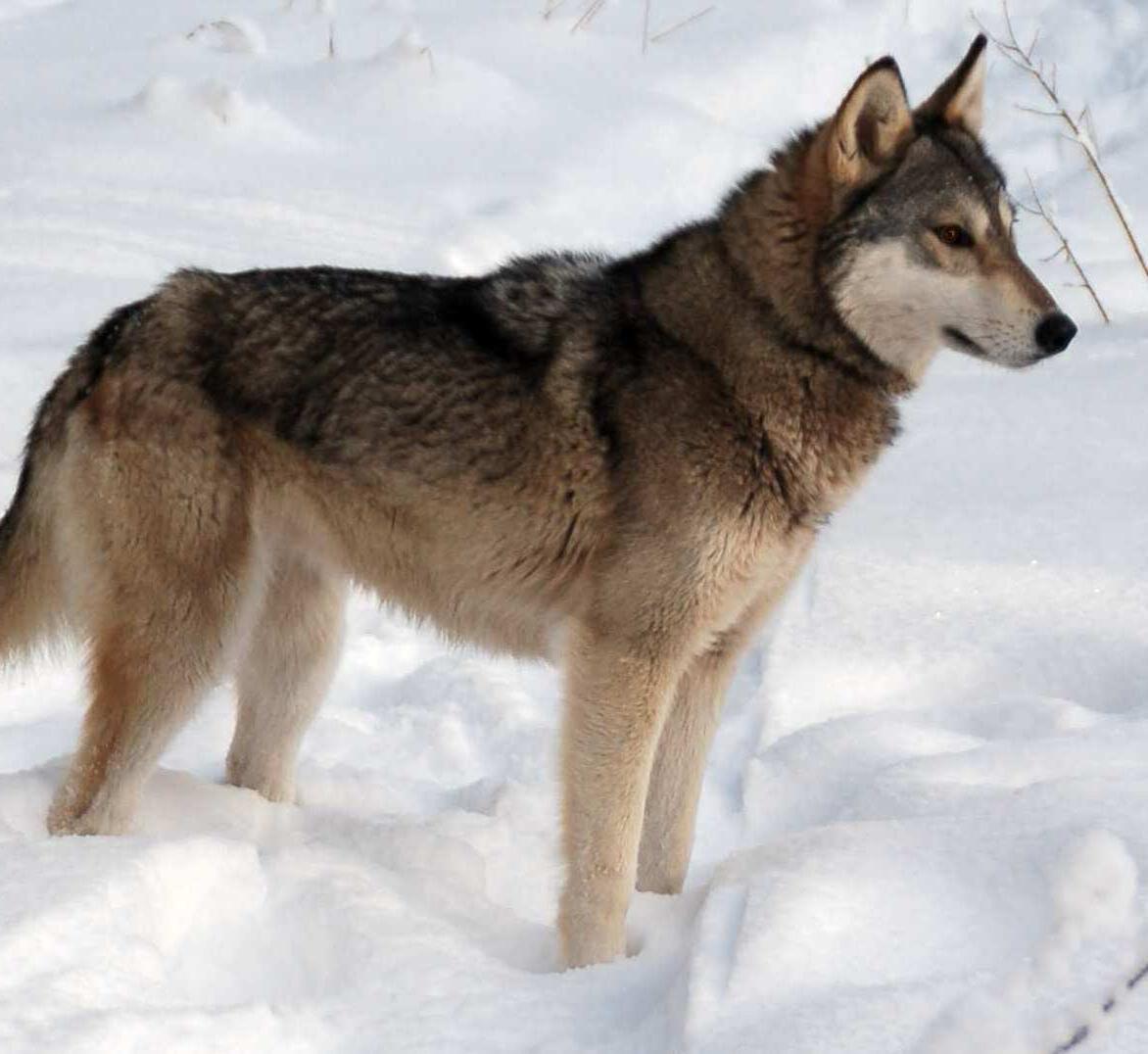
The Seppala Siberian Sleddog’s journey began in the icy expanses of Siberia, where they were initially bred for their endurance and ability to withstand extreme cold. Leonhard Seppala, a Norwegian-born musher, played a pivotal role in bringing these dogs to prominence. His efforts in the early 1900s, particularly during the famous 1925 serum run to Nome, showcased the breed’s unmatched capabilities. Seppala’s dedication to refining their traits laid the foundation for what we now recognise as the Seppala Siberian Sleddog.
Role in Sled Dog Racing and Exploration
These dogs are not just historical footnotes; they are active participants in the world of sled dog racing. Their agility and speed make them favourites in competitive racing circuits. Beyond racing, they’ve been crucial in exploration missions, helping adventurers traverse some of the most challenging terrains on Earth.
Physical Characteristics
Seppala Siberian Sleddogs are medium-sized with a lean, muscular build. Their thick double coat provides insulation against the cold, while their almond-shaped eyes, often blue or brown, give them a striking appearance. These physical traits are not just for show; they are essential for their performance in demanding environments.
Appearance and Unique Traits
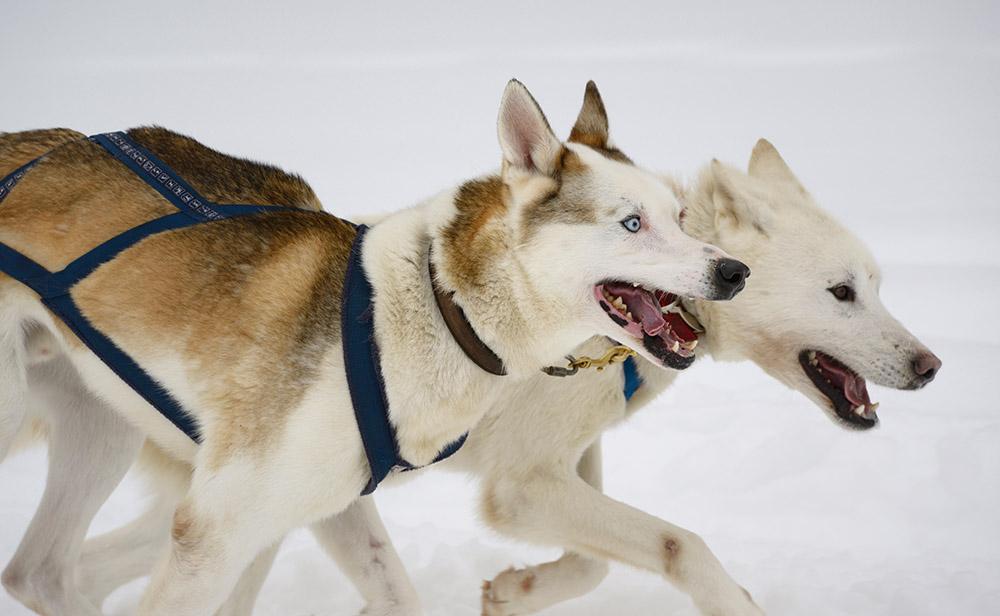
Seppala Siberian Sleddogs are a sight to behold. They’re medium-sized, with a lean and muscular frame that speaks to their strength and agility. Their coat is a thick double layer, perfect for keeping them warm in freezing temperatures. You’ll often see them in a range of colours, from black and white to shades of grey and red. Their almond-shaped eyes, which can be blue, brown, or even one of each, add to their striking look.
What sets them apart physically is their incredible endurance and agility. These dogs are built for long distances, capable of covering vast terrains without tiring. Their bodies are designed for efficiency, making them perfect for sledding and other demanding activities.
Temperament and Behaviour
When it comes to temperament, Seppala Siberian Sleddogs are known for their friendly and gentle nature. They’re intelligent and eager to please, which makes them relatively easy to train. However, they do have an independent streak, so consistent training is key. They thrive on companionship and are happiest when they’re part of a team, whether that’s a sledding team or a family.
Personality and Suitability
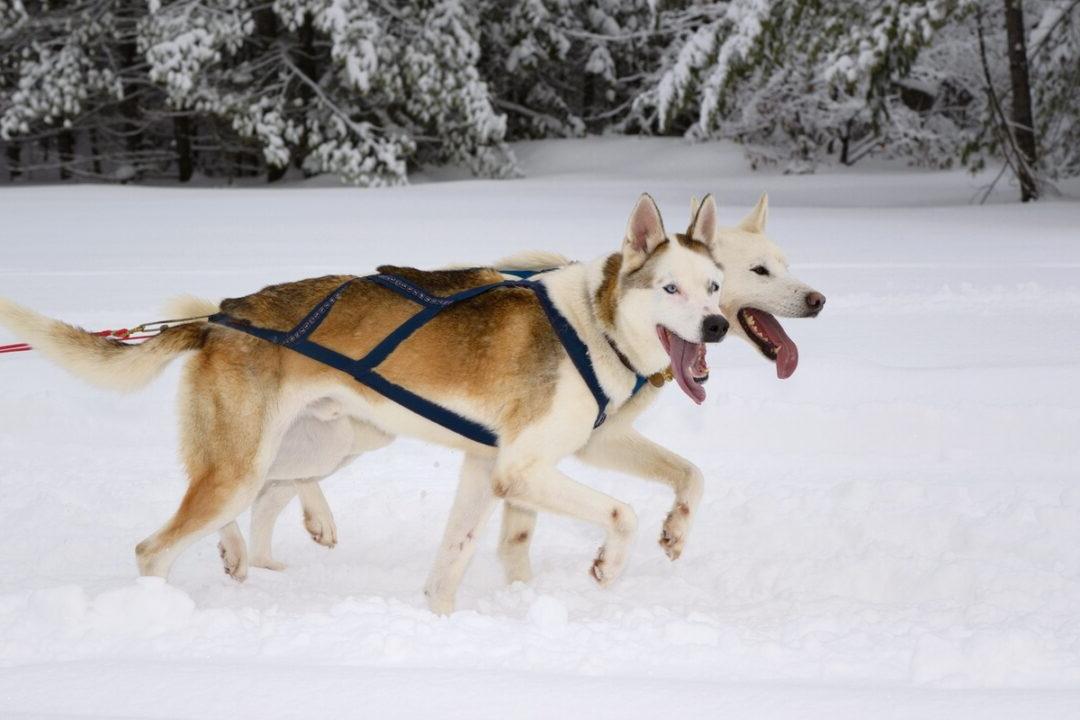
Seppala Siberian Sleddogs are a fascinating mix of loyalty, intelligence, and high energy. These traits make them not only excellent working dogs but also wonderful family pets. Their loyalty is unmatched, and they form strong bonds with their human companions. This makes them reliable partners in both work and play.
Family and Social Interaction
In a family setting, these dogs are generally great with children. Their gentle nature and patience make them suitable companions for kids, although supervision is always recommended. They usually get along well with other animals, especially if socialised from a young age. Their pack mentality means they thrive in environments where they can interact with others.
Training and Exercise
Training a Seppala Siberian Sleddog can be a rewarding experience. Their intelligence and eagerness to please make them quick learners, but their independent streak means consistency is key. Regular exercise is crucial for this breed. They have high energy levels and need plenty of physical activity to stay happy and healthy. Long walks, runs, or even participating in dog sports can help meet their exercise needs.
Training, Exercise, and Health
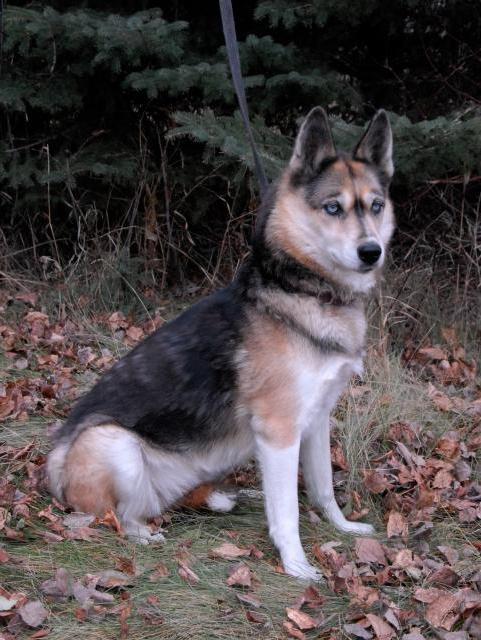
Importance of Early Training and Socialisation
Starting early with training and socialisation is crucial for Seppala Siberian Sleddogs. These dogs are naturally intelligent and eager to learn, but they also have an independent streak. Early training helps channel their energy and intelligence in positive ways. Socialising them from a young age ensures they grow up to be well-rounded and confident, comfortable in various environments and with different people and animals.
Recommended Training Techniques
Positive reinforcement is the way to go with these dogs. They respond well to rewards and praise, making training sessions enjoyable for both you and your dog. Consistency is key, so regular, short training sessions work best. Incorporating play into training can also keep them engaged and motivated.
Daily Exercise Requirements and Activities They Enjoy
Seppala Siberian Sleddogs are high-energy dogs that need plenty of exercise. Daily activities like long walks, runs, or even agility training can help meet their needs. They love activities that challenge them both physically and mentally, so consider dog sports or interactive games to keep them entertained.
Health and Lifespan
These dogs are generally healthy, with a lifespan of around 12 to 15 years. Regular vet check-ups and a balanced diet are essential to keep them in top shape. Like all breeds, they can be prone to certain health issues, so staying informed and proactive about their health is important.
Health and Care for Seppala Siberian Sleddogs
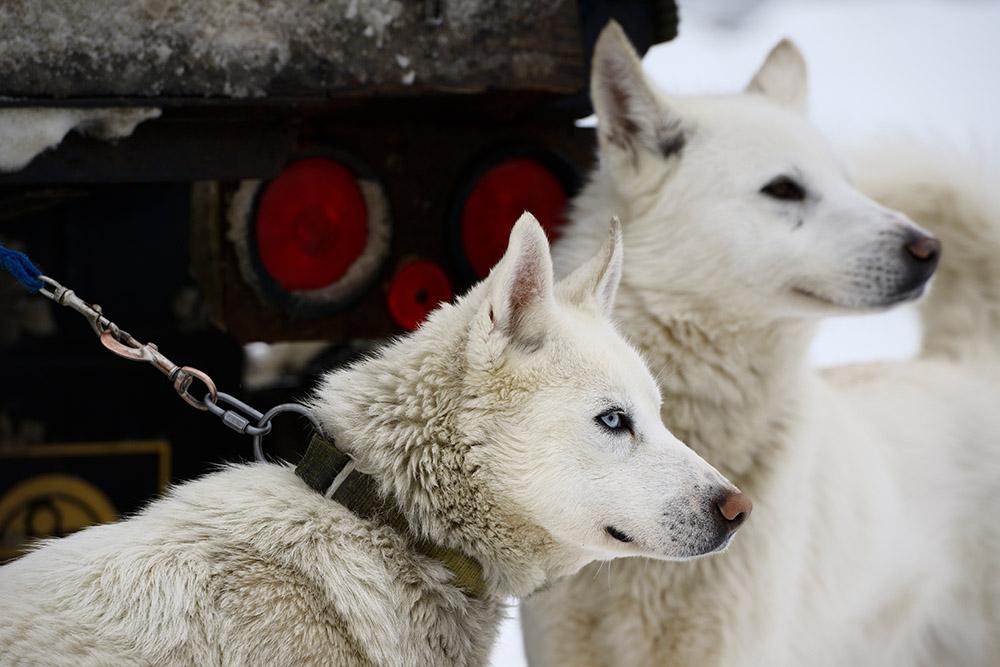
Common Health Issues
Seppala Siberian Sleddogs are generally robust, but like any breed, they can face specific health challenges. Hip dysplasia and eye conditions such as cataracts are occasionally seen. Regular vet visits can help catch these issues early, ensuring your dog stays healthy and active.
Average Lifespan and Health Tips
With proper care, these dogs can live between 12 to 15 years. To keep them thriving, a balanced diet and regular exercise are crucial. They need plenty of physical activity to match their high energy levels, so daily walks or runs are a must.
Preventative Care Recommendations
Preventative care is key to a long, healthy life. Regular vaccinations, flea and tick prevention, and dental care should be part of their routine. Keeping an eye on their weight and providing a nutritious diet will also help prevent obesity-related issues.
Grooming and Maintenance
Their thick double coat requires regular grooming to keep it in top condition. Brushing a few times a week helps reduce shedding and prevents matting. During shedding season, more frequent brushing is needed. Regular nail trims and ear checks should also be part of their grooming routine.
Coat Care and Grooming Routines
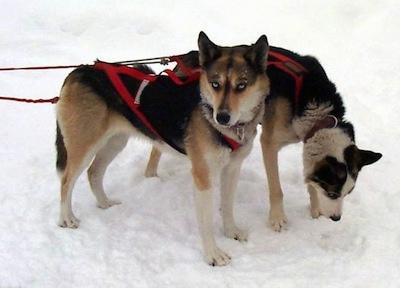
Shedding and Seasonal Grooming Tips
Seppala Siberian Sleddogs have a thick double coat that requires regular attention. Brushing a few times a week is essential to keep their coat healthy and reduce shedding. During shedding seasons, which typically occur twice a year, you’ll need to increase the frequency of brushing to manage the extra hair. A slicker brush or an undercoat rake can be particularly effective in removing loose fur.
Bathing should be done sparingly, as over-washing can strip the coat of its natural oils. When you do bathe them, use a gentle dog shampoo to maintain their coat’s health and shine. Regular nail trims and ear checks are also important parts of their grooming routine.
Diet and Nutrition
A balanced diet is crucial for the health and vitality of Seppala Siberian Sleddogs. High-quality dog food that meets their nutritional needs is a must. Look for options rich in protein and healthy fats to support their active lifestyle. Fresh water should always be available, especially after exercise.
It’s important to monitor their weight and adjust their food intake as needed. Overfeeding can lead to obesity, which can exacerbate health issues like hip dysplasia. Consult with your vet to tailor a diet plan that suits your dog’s specific needs and activity level.
Nutritional Needs and Feeding Guidelines
Foods to Include and Avoid
For optimal health, Seppala Siberian Sleddogs need a diet rich in protein and healthy fats. Look for high-quality dog food with real meat as the first ingredient. Omega-3 and Omega-6 fatty acids are beneficial for their coat and skin. Avoid foods with artificial additives, fillers, and excessive grains, as these can lead to allergies and digestive issues.
Feeding Schedules and Portion Recommendations
Establishing a consistent feeding schedule is important. Adult Seppalas typically do well with two meals a day, while puppies may need three to four smaller meals. Portion sizes depend on their age, weight, and activity level. Consult your vet to determine the right amount for your dog, and adjust as needed to maintain a healthy weight.
Fun Facts and Trivia
Did you know that Seppala Siberian Sleddogs have a unique metabolism that allows them to efficiently convert food into energy? This trait is a result of their history as working dogs, needing sustained energy for long distances. Also, their thick coat not only keeps them warm but also helps them regulate body temperature during intense physical activity.
Interesting Tidbits and Famous Seppala Siberian Sleddogs
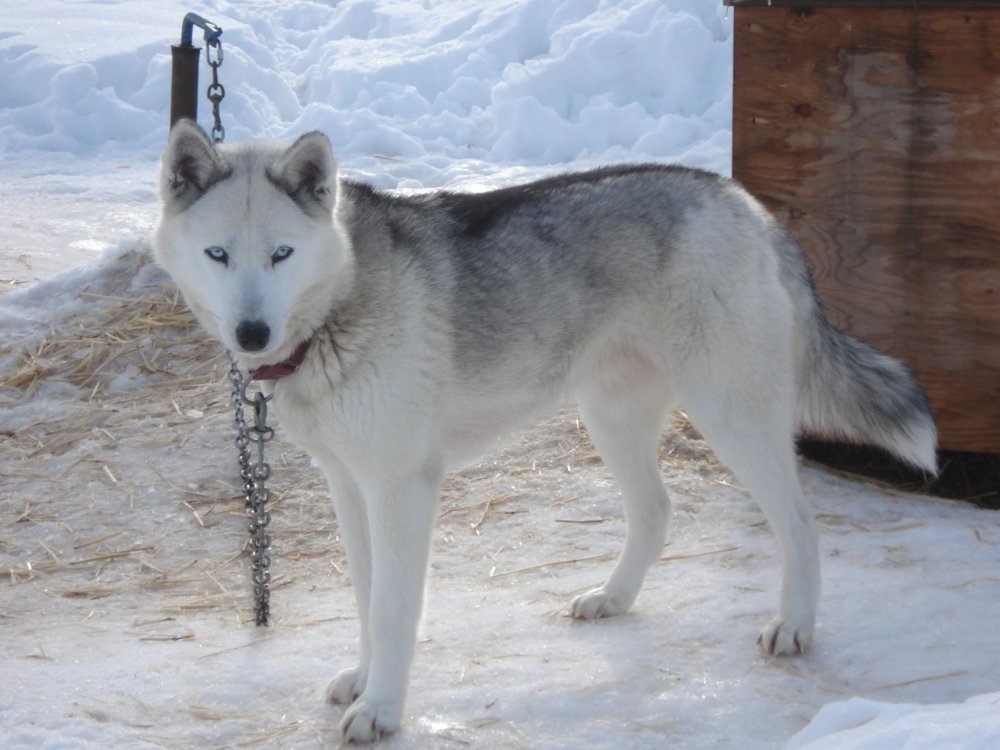
Famous Seppala Siberian Sleddogs in History
One of the most famous Seppala Siberian Sleddogs is Togo, who played a crucial role in the 1925 serum run to Nome. While Balto often gets the spotlight, it was Togo who covered the longest and most treacherous part of the journey, showcasing the breed’s incredible endurance and resilience. Togo’s efforts were instrumental in delivering life-saving diphtheria antitoxin to the remote Alaskan town, cementing his place in history.
Seppala Siberian Sleddogs in Media
These dogs have also made their mark in media. The story of Togo was brought to life in a 2019 film, aptly named “Togo,” which highlighted the breed’s remarkable capabilities and the bond between Togo and Leonhard Seppala. This film not only entertained but also educated audiences about the breed’s historical significance and unique traits.
Unique Characteristics
- Seppala Siberian Sleddogs have a unique metabolism, allowing them to efficiently convert food into energy, a trait developed from their history as working dogs.
- Their thick coat not only provides warmth but also helps regulate body temperature during intense physical activity.
Final Thoughts
The Seppala Siberian Sleddog embodies endurance and loyalty. These remarkable dogs are not only historical icons but also exceptional companions for active families. Their unique blend of strength, intelligence, and gentle nature makes them both challenging and rewarding to own. As you consider welcoming a Seppala into your life, remember the commitment to their exercise and care needs. Embrace the adventure and companionship they offer, and you’ll find a loyal partner for years to come.
